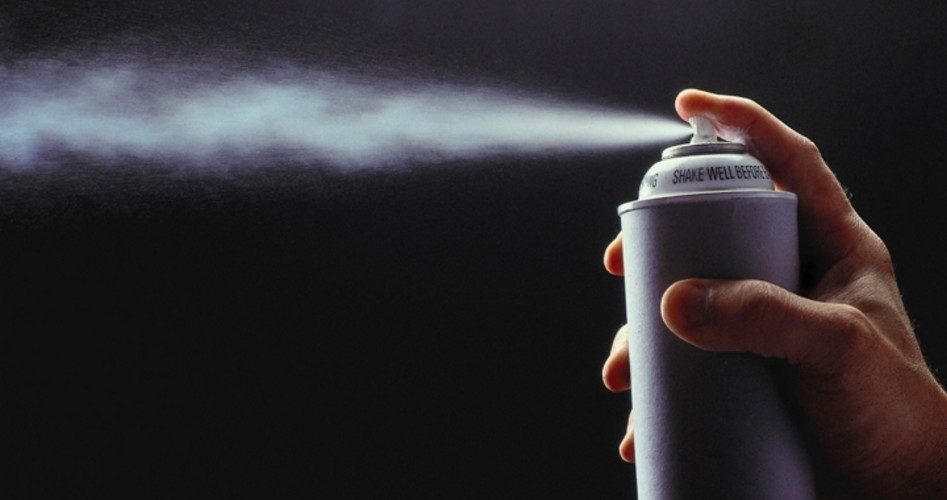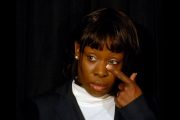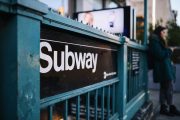
A recent incident in which a Kansas man’s car was tagged with racist slurs, spurring fear and criticism at the nearby Kansas State University (KSU) campus, turns out to have been a hoax perpetrated by the owner of the car, who called it “a Halloween prank that got out of hand.”
On November 1, police were called to a Manhattan, Kansas, apartment parking lot in regards to racist and threatening graffiti that had been painted on a vehicle belonging to Dauntarius Williams, a 21-year-old black man. According to the Kansas City Star, “The N-word was written with yellow paint across the rear windshield of the car. Other racially offensive language — ‘White’s Only,’ ‘Die,’ and ‘Date your own kind,’ was also painted on the windshield and side doors of the car.”
Photographs of the car posted to social media met differing responses. Some, unfortunately, agreed with the sentiments expressed in the graffiti, while others assumed they were the work of racist whites.
At the time of the incident, Williams told the Star “the vandalism and the resulting social media explosion has [sic] made it ‘impossible for me to go anywhere. I can’t drive my car anywhere without people stopping me.’” He also falsely claimed to be a student at KSU who had withdrawn from the university and was returning home to California.
“I was not raised to discriminate,” he said, calling the alleged vandalism “sad, hurtful and disappointing.”
Prominent black students at KSU soon seized upon the incident as an excuse to demand concessions from the university. Putting his studies in mass communications to use, junior Andrew Hammond tweeted pictures of the graffiti with the caption “Another week, another incident involving racism at @KState. This is getting to the point where it’s expected.” Hammond told the Star that “students of color are becoming frustrated” not just because of alleged racist incidents — a noose was found hanging from a tree on campus in May — but because KSU President Richard Meyers “isn’t doing anything” about them. The university, he lamented, doesn’t even have a multicultural center on campus. The Black Student Union also called a meeting to discuss the graffiti incident.
Meyers himself responded to the incident with a statement saying it was “a direct attack on the values of our community.”
The police investigation — with assistance from the Federal Bureau of Investigation (FBI), which opened a civil-rights investigation into the matter — ultimately led to Williams’ confession that he had tagged his own car, according to a November 6 police department press release.
“I would like to deeply apologize to the community,” Williams said in the statement. “The whole situation got out of hand when it shouldn’t have even started. It was just a Halloween prank that got out of hand. I wish I could go back to that night but I can’t. I just want to apologize from the bottom of my heart for the pain and news I have brought you all.”
The press release states that Williams’ “admission led to a series of conversations between the Riley County Police Department Director Brad Schoen and the Riley County Attorney Barry Wilkerson.” The two “concluded that despite having filed a false report, the filing of criminal charges against Williams for having done so would not be in the best interests of the citizens who comprise the Manhattan community.”
“While Williams’ mistake had a decidedly negative impact on the community, please recognize that he, like many of us when we were young, is a young man who made a mistake and is now doing his best to own up to it,” said Schoen.
Williams is fortunate — and possibly the beneficiary of officials’ fears of racial unrest had they charged him. Those who bought his fraudulent claims and used them to advance their own agendas, on the other hand, have more than a little egg on their faces. After Williams’ confession was made public, Hammond told the Star he was “outraged and hurt,” saying the incident “hurts the credibility of students who actually want to step out and say something about” racism.
Perhaps such students have one more lesson to learn: Make sure you have all the evidence before coming to a conclusion.



